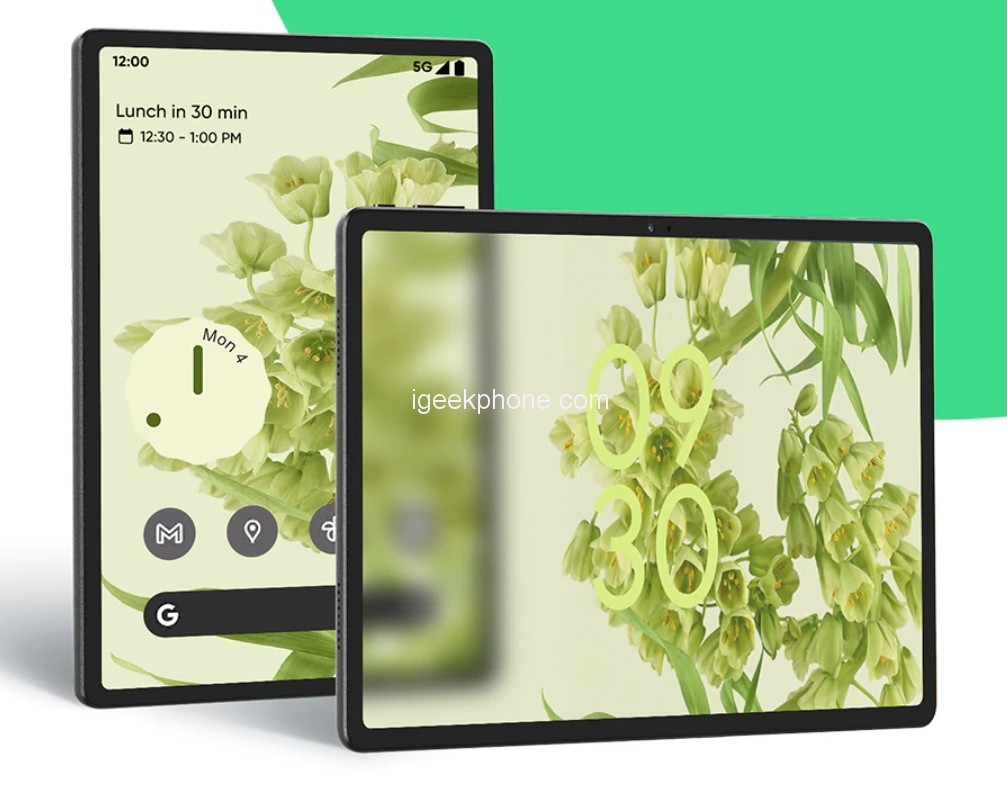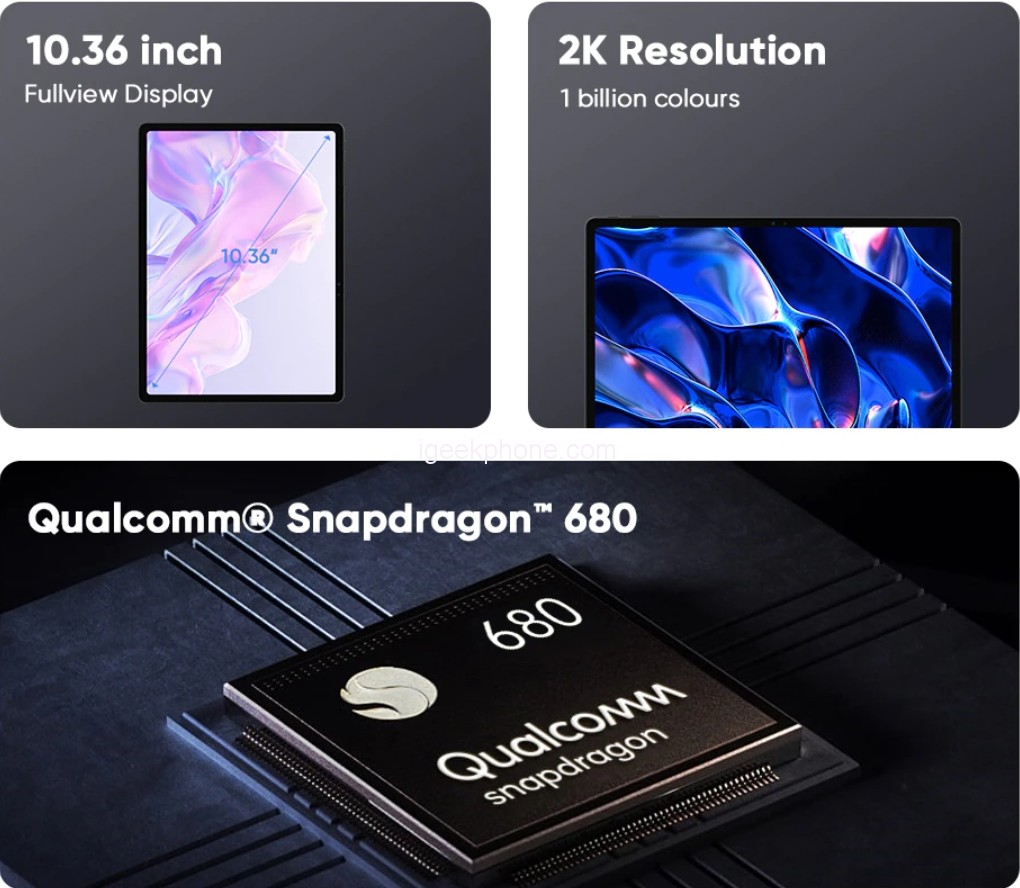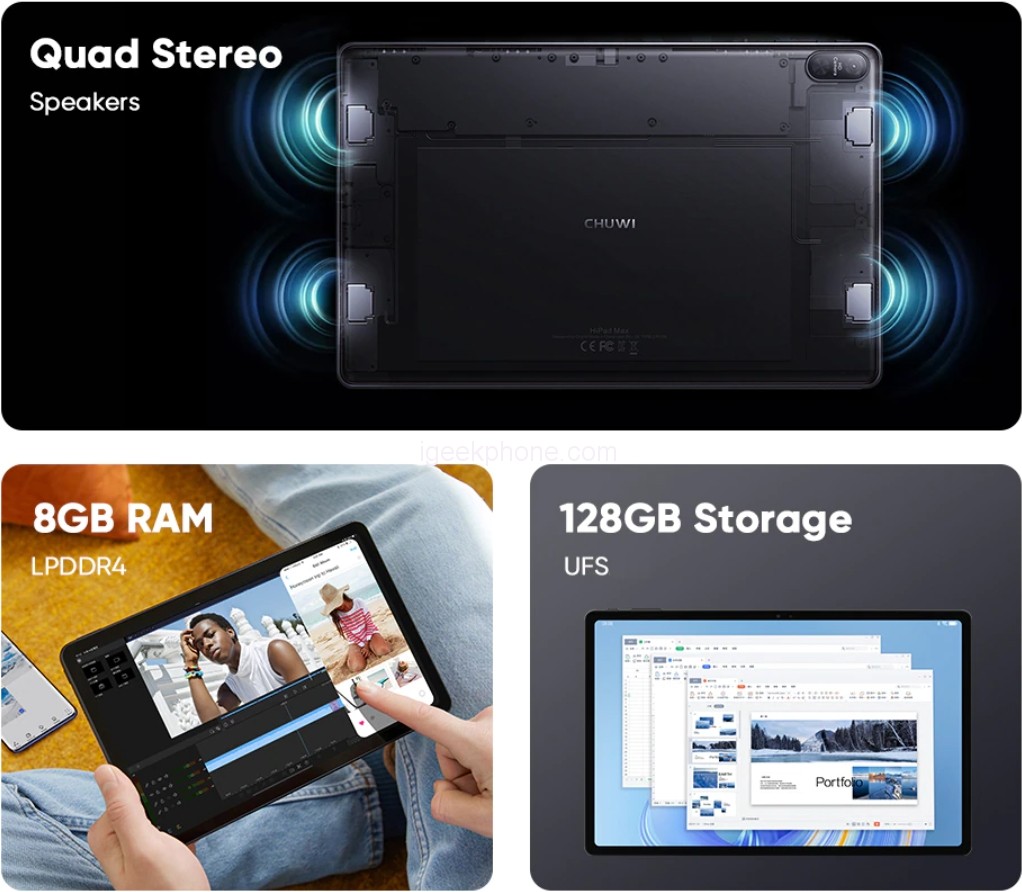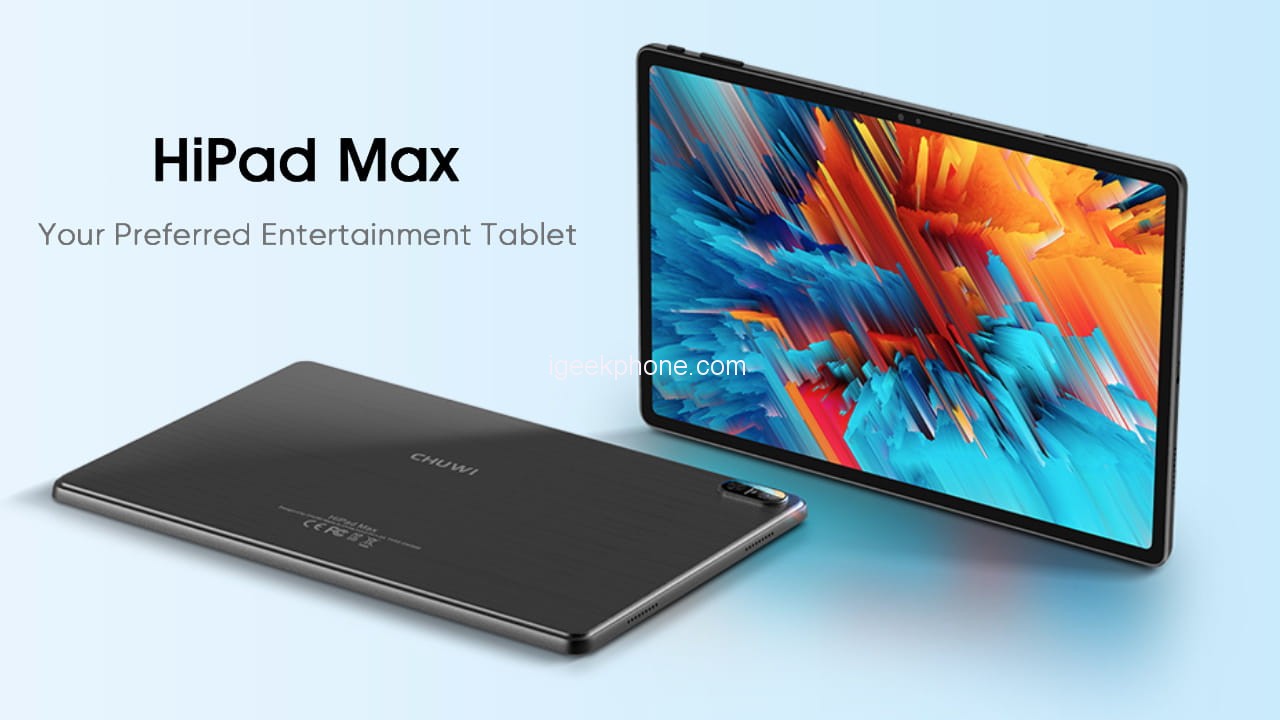Chuwi has now presented a dozen tablets under the HiPad name, almost all of which can be classified in the budget price range. Chuwi released the new HiPad Max Android tablet, equipped with a Snapdragon 680 processor and equipped with a 10.4-inch 1200p screen. And the Chuwi Hi10 Go, the company’s first Jasperlake N5100 tablet launched at the end of April 2021. It is also the world’s first Intel 10nm Celeron processor 2in1 tablet with a 10.1-inch full screen and windows10. This tablet means comprehensively innovating the user experience and enabling the modern lifestyle with high efficiency. In this article, we will see What’s the difference between Chuwi HiPad Max Vs. Chuwi Hi10 Go Tablets? Let’s check out a quick comparison review.
Design

The CHUWI HiPad Max tablet has a very attractive design with a metal case. All we know is that the tablet is said to be 8 millimeters thick and weighs 440 grams. There are also four loudspeakers on the back, which are supposed to ensure good stereo sound. The camera is housed in a discreet element and USB-C is used for charging. The display is at least as important. 2,000 x 1,200 pixels are distributed over a diagonal of 10.36 inches – resulting in 225 pixels per inch. That’s a good value for a tablet! The refresh rate is probably 60 Hertz and the maximum brightness is 400 lux.

Chuwi Hi10 Go adopts an aviation aluminum body design, which is about 8.5mm thin and 1.54 pounds light, combining metal texture and comfortable grip. The Chuwi HI10 GO new product is designed with a new model for using the 2.5D glass radian popular in the current plate; and the metal body with high texture, which is excellent in feel and look. The new product features a 10.1-inch IPS full screen, 1920×1200 FHD resolution, and 16:10 aspect ratio with a pressure-sensitive stylus to boost a variety of creative designs.
Hardware

Instead of a slow and outdated chip from MediaTek, Chuwi uses the current mid-range processor Snapdragon 680 from Qualcomm in the CHUWI HiPad Max. That doesn’t mean an abundance of performance, but a smooth system is more than conceivable because of this and also because of the 8 gigabytes of RAM. Meanwhile, the memory measures a solid 128 gigabytes and can be expanded by a maximum of 512 gigabytes via a microSD card.

Also Read: CHUWI is Holding a “Back to School” Sale up to 50% OFF Discount on All Laptop and Tablets
Features

This CHUWI HiPad Max tablet has a 10.36 – inch IPS OGS screen with a 2000×1200 resolution with a screen area of 84%; 400 nits of power, and quite narrow frames. The front camera is 5 MP; the rear is 8 MP with AF and in the audio section, we have 4 speakers to have a powerful sound. We have a USB Type-C 2.0 port for charging and data transfer; in the lower area, we have a magnetic keyboard connector. We also have Wifi AC connectivity, Bluetooth 5.0, and GPS for location. The battery is 7000 mAh with fast charging.

Chuwi creatively applied it to a two-in-one tablet, giving it high performance like a laptop. The docking keyboard and pressure-sensitive stylus make Chuwi Hi10 Go create become efficient productivity tools. The high-capacity battery can easily meet the long battery life of 6 hours and supports PD fast charging technology. At the same time, Hi10 Go has dual Type C, Micro HDMI output, SD extension, and other interface configurations; so that the function extension can be easily realized. It also supports the original Hipen H6 stylus and Docking keyboard, etc; and gives full play to the diverse advantages of a multi-functional tablet computer to meet the needs of users in various scenarios. Most likely to continue Chuwi’s high-cost performance and high-end configuration product strategy.
Conclusion
According to the comparison between Chuwi HiPad Max Vs. Chuwi Hi10 Go Tablets, are both budget tablets that is affordable. Both come with different specs you can check out. So according to what exactly you might be looking for, you can find, it in Design, Hardware, and Features. For More Information, you can visit the Official Chuwi HiPad Max Vs. Chuwi Hi10 Go Tablets Pages.










